Taking place in the near future, where the Japanese population is predominately senior citizens, a young nurse named Yuki Sakai is thriving to hold the most difficult position within society as a home health aide. However, “Dementia 21” presents an absurd take on possible problems faced by a population revolving entirely around catering and profiting of the elderly. The graphic novel released by Fantagraphics books contains 17 stories of Yuki Sakai, having to deal with such problems as dentures that become sentient and try to conquer the world, extensive and deadly health aide training, and caring for senile Kaiju that often forget they are no longer meant to battle.
Buy This Title
Shintaro Kago's style has been previously dubbed as ‘fashionable paranoia” here within the west, a label which does suit the mangaka well when looking at his work from a western perspective, mostly from impressions of his full page color artwork, which combines pop culture imagery with distorted physical features. However, Kago closely identifies himself with the ‘ero guro nansensu' (erotic grotesque nonsense) movement, which covers the bulk of his work more accurately. The style, which combines Kawaii culture, violence and absurdity, has had influence in all Japanese aspects of art and performance, with ‘ero guro' dating back to being some of the first printed art in Japan. “Dementia 21” collects various stories from one of the most prominent artists within the scene.
The collected stories of Yukie Sakai do not encapsulate all aspects of Kago's work, instead choosing to focus on the absurd comedic style of his work. With this in mind, the manga does become a bit repetitive, losing some comedic effect along the way. Ultimately, this favors reading in spurts, instead of all at once. Some of the stories are more enjoyable than others, with more intrigue coming from when Kago focuses on visual storytelling over narrative. Unfortunately, the segments that focus more on family values and dialogue become slightly tiresome and predictable when compared to the more outlandish tales. However, even within the lulls, Shintaro Kago still finds a way to interject unforeseen comedic moments that ensure no story is completely devoid of memorable content.
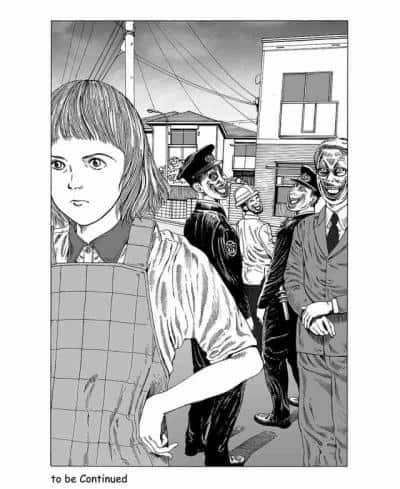
Kago's artwork also plays in favor of the stories that focus on more absurd elements. It can be said that the mangaka is talented all around, able to work in a more traditionally structured story as well as indulge in experimentation in both style and tone. However, his greatest strength definitely lies within experimentation, particularly in visuals over narrative. The result is that the more absurd the story is, the more engaging it becomes. Overall, the art is really where the volume shines, and having the collection printed in a larger format allows Kago's artwork to shine through, showcasing why he has become, perhaps the only, internationally recognized artist in the modern ‘ero guro nansensu' movement. (Arguably, Suehiro Maruo has also made a name for himself outside of Japan)
This collection from Fantagraphics does contain an interview with Kago at the end, with the pages opposite the interview containing colour covers from some of the entries in the “Dementia 21” series. With Shintaro Kago being a rather elusive and quiet figure, it is unfortunate that the interview does not give any real deeper insight into the mangaka, with most questions being answered in a passive or dismissive fashion. However, getting the full color pages opposite of the interview added a great deal of appeal to the collection, since through Kago's work, he has proven to have more of a knack for visuals over storytelling. Unfortunately, this volume does seem to convey why the mangaka's artwork has resonated more with western audiences over his narrative works.
With “Dementia 21” being more focused on the absurd and comedic side of Kago's work, and barley dabbling in the erotic or grotesque, there is some disappointment in this being one of the few available English releases. However, just having a chance to own some art of Kago, and see it so beautifully presented in a large volume, makes it a worthy addition to any manga collection. For those unfamiliar with Kago's work, it is hard to say if this is a good starting point, since some of his themes are absent. On the other hand, “Dementia 21” does contain some absurd stories from a unique and warped prescriptive that proves Shintaro Kago creates wholly original visions of madness.


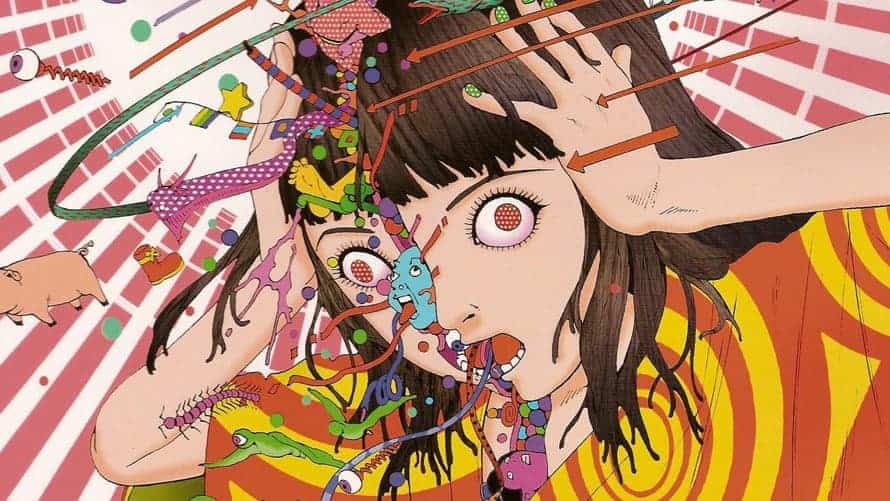

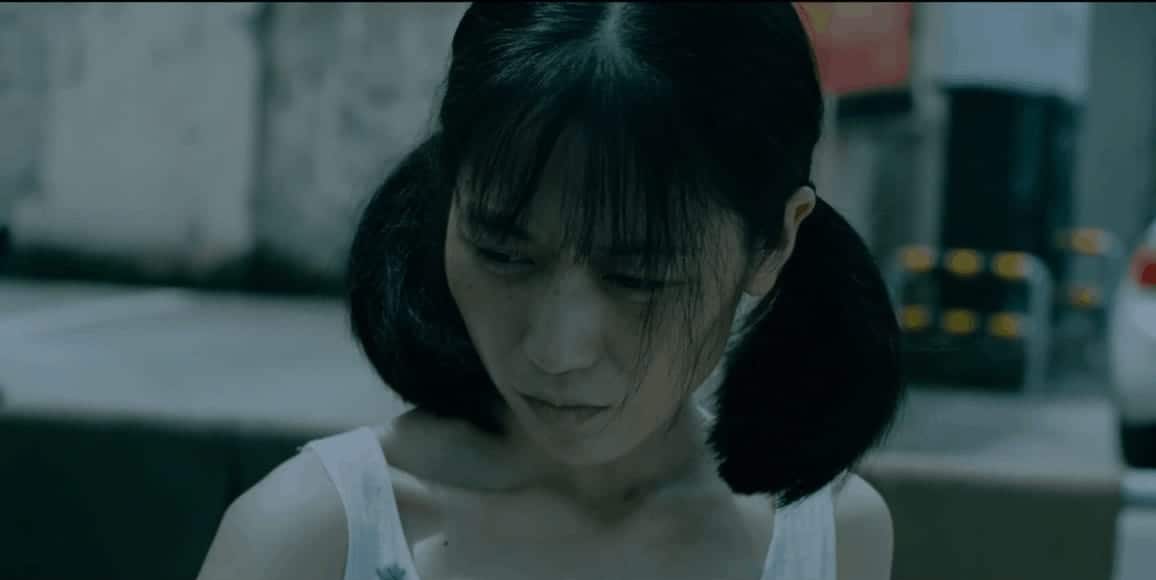

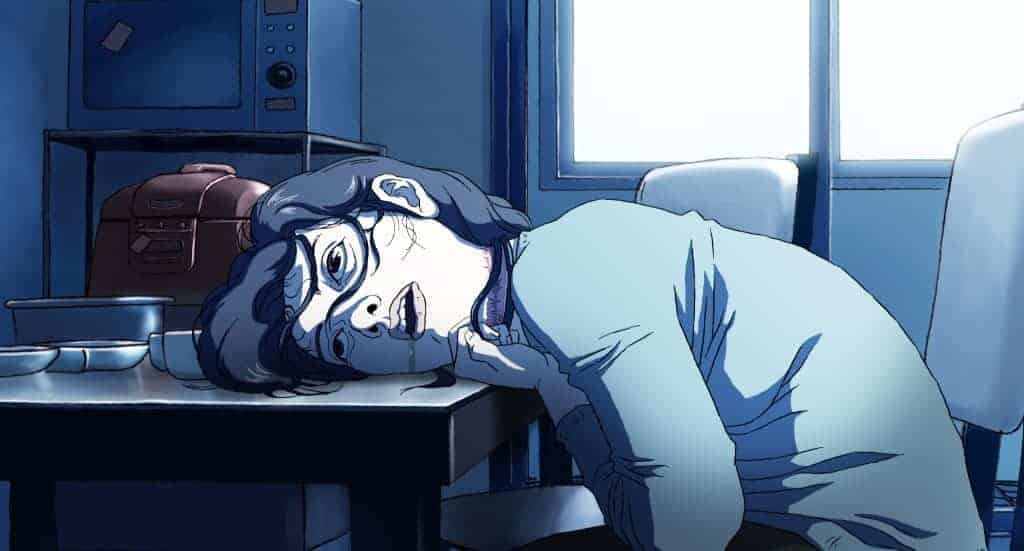


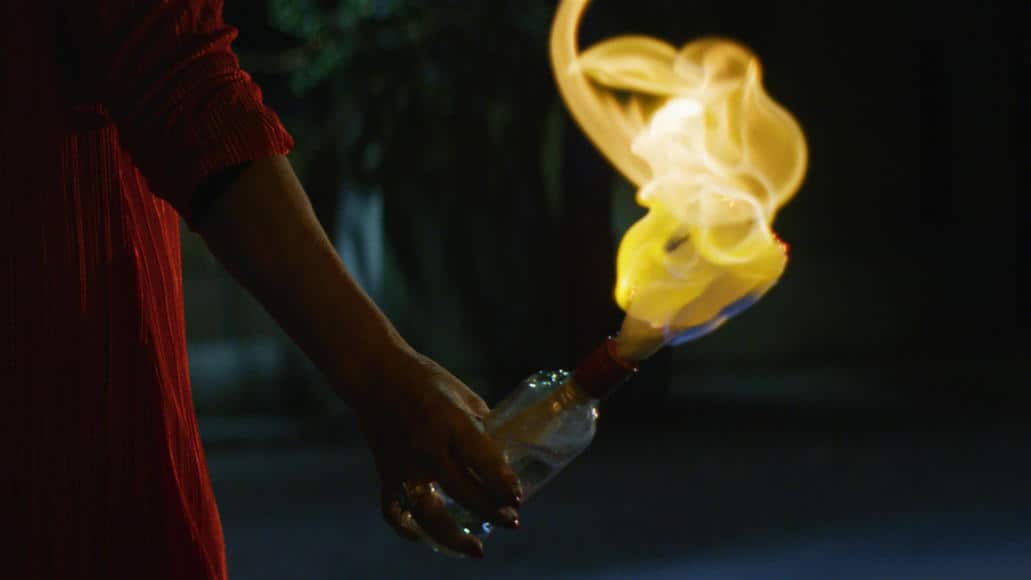







Fascinating author! Cheers.
Thank you! With this being my first book review for the site I wanted to cover someone who I felt deserved some more recognition.